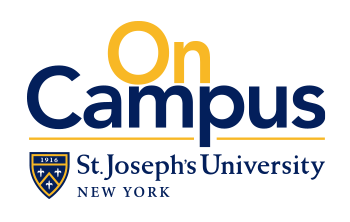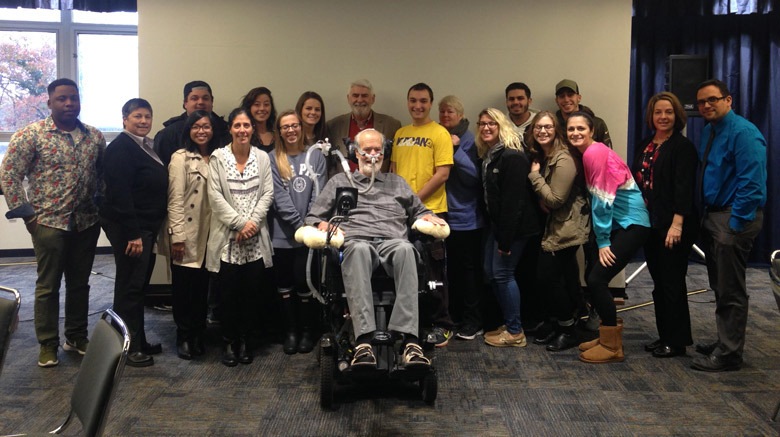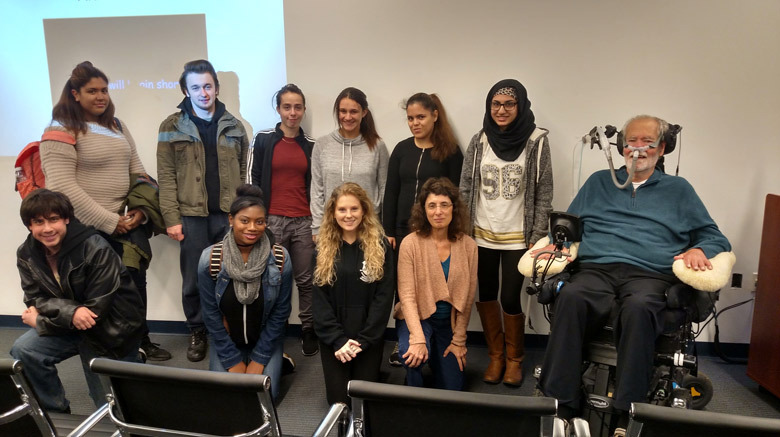Before the ALS ice bucket challenge swept the globe in 2014, amyotrophic lateral sclerosis — more familiarly known as ALS or Lou Gehrig’s disease — was a disease many young people were unaware existed.
ALS was discovered in 1869, but it wasn’t until 1939 that former New York Yankees first-baseman Lou Gehrig brought international attention to the disease in his iconic “Luckiest Man” speech on July 4. “Fans, for the past two weeks you have been reading about the bad break I got. Yet today I consider myself the luckiest man on the face of this earth,” said Gehrig. At age 37 – and 23 months after his retirement – Gehrig died.
ALS is a progressive neuromuscular disease affecting only voluntary muscles — while the mind remains unaffected. Ultimately, patients become increasingly paralyzed, unable to move or communicate. The cause of the disease is unknown and there is no effective treatment or cure.
Keeping Faith Alive
Getting people’s attention is no easy task and fundraising is even harder. This is why in 1998, ALS fighter Christopher Pendergast rode his electric wheelchair from Yankee Stadium in the Bronx to Washington D.C. over the course of 15 days and 305 miles, and thus established the foundation for Ride For Life.
The Ride For Life Foundation is a nonprofit organization created to raise awareness, research funds, inspiration and information to ultimately find a cure for ALS.
I wanted to light a candle of hope for all patients to see I would find a cure and try to ease the suffering of patients.”— Christopher Pendergast, founder and president of Ride For Life
Each year during ALS Awareness Month in May, Ride For Life raises money by conducting a 12-day, 100-plus mile electric wheelchair ride across Long Island. The event draws thousands, and concludes with a signature ride across the Brooklyn Bridge into Manhattan. The foundation has raised over $6.5 million dollars to date. The money directly funds research to finding a cure and helping patients.
Sponsored by the Recreation Clubs at SJC Brooklyn and SJC Long Island, Pendergast visited SJC Long Island in Patchogue, New York, on Nov. 15 and the Brooklyn campus in Clinton Hill on Nov. 16, to speak firsthand to the College community. Pendergast was assisted by his former colleague Glenn Baldwin in delivering the presentation.
“I remember my first symptom,” Pendergast said. Pendergast began falling down for no obvious reason. This along with other odd symptoms led him to visit a neurologist for answers, where common diseases were slowly ruled out. His diagnosis came soon after by telephone on a cold, rainy evening in October 1993. His doctor told him there’s nothing medicine can do, there’s no treatment and the disease is fatal.
I hung up the phone and began to cry as I never had before. At the prime of my life, with young children, my life suddenly appeared to be over,” Pendergast said.
Today, ALS affects 30,000 Americans, claiming 6,000 yearly. That’s about one life every 90 minutes. The disease strikes people of all ages, races and genders. The average patient lives two to three years after diagnosis.
Pendergast has been battling the disease for over 23 years and dedicates his remaining life to fight and not surrender to the disease.
“In many ways, ALS has made my life richer and more fulfilled. It has certainly made me a better man,” he said. Just like Lou Gehrig, Pendergast considers himself a lucky man. “Rather than a curse from God, it has been a blessing in disguise.”
Raising Funds
This May, both SJC campuses will once again participate in the Ride For Life across Long Island under the leadership of Gail Lamberta and the Recreation Clubs at SJC.
This is about life. It is now in the 20th year of the ride, which is unbelievable and remarkable,” Lamberta said.
The Recreation Clubs at both campuses will continue to raise funds for ALS throughout the year, in collaboration with the Office of Student Life. Lamberta encourages others to spread the word in hopes of turning this into more of a college-wide initiative. If you’d like to get involved in the 2017 Ride For Life event, email Gail Lamberta at glamberta@sjny.edu or visit alsrideforlife.org.


